In “A Subtlely by Kara Walker: Teaching Vulnerable Art,” by Marika Preziuso, it is said that the vulnerability of black women-focused artists Kara Walker and Grace Nichols’ creations are comprised of: grounding in complex histories matched with the creation of a space of trust where people—audience and artist—sense the discomfort as well as detect the vulnerability it contains.
The first time I saw the works of 23-year-old artist Ginoe online, I instantly thought of vulnerability, and how both easy and difficult it can be. There’s something striking about giving others a slice of yourself; it’s like a window that’s opened forever. While it can be a magnet of unwanted remarks, we cannot deny that the liberty it gives is unmatched. Nakedness in art is an empowering element. Especially when you know that you can own it—no matter how much it twists and turns.
Read also: This queer artist published a zine on transphobia in Miss Universe 2018
Ginoe is from Silay, Negros Occidental. He’s also a visual artist, programming director and community manager at the House of Frida. We take a look at his body of work where self-expression is at its highest, among others.
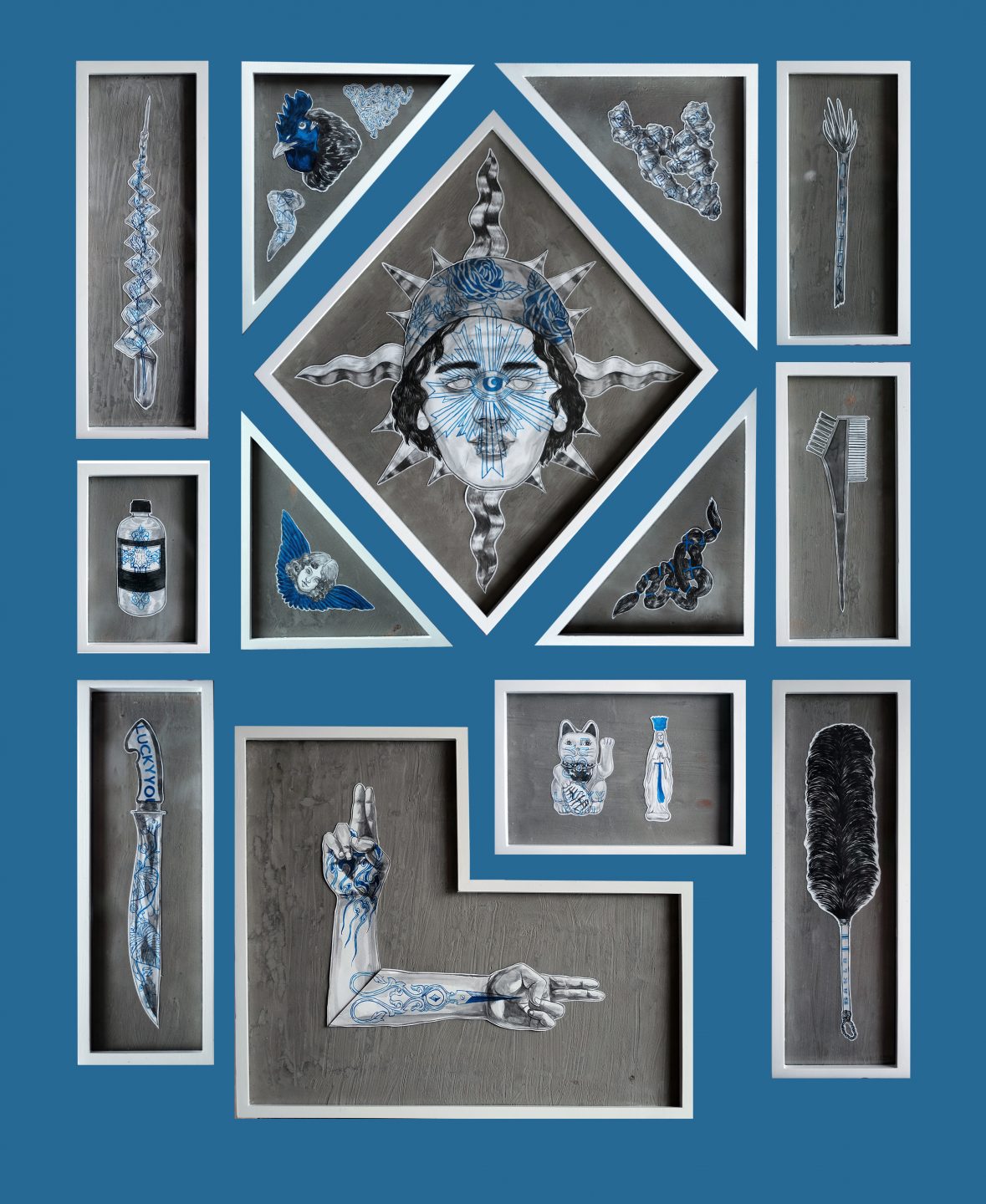
Can you tell us more about your last exhibit, “No Time Like Now?”
My last exhibition was a duo show with Wipo curated by Ricky Francisco at Vinyl on Vinyl Gallery. What I explored on this series of works is the importance of depictions of queer bodies occupying spaces. There isn’t a lot of safe spaces for queer folk especially in this predominantly Catholic nation. When I was informed of the show, I knew I couldn’t make it to the opening because of financial constraints, like airfare during that time is around P8,000 for a roundtrip ticket to and from Silay City. So in the essence of occupying spaces with queer bodies, I decided to depict the subject I know best—myself—104 times. The works also depict myself in places of trauma and rejection—the church, school, playground, and the Scripture.
I think in a way my work attempts to reclaim these places; asserting the validity of my existence.
I think in a way my work attempts to reclaim these places, asserting the validity of my existence. My other previous show is “Trove” at Tin-aw Gallery for Art Fair Philippines. I think this exhibition has been a “full circle” moment for me. When I met the gallerists of Tin-aw, Ms. Dawn and Ms. Marya, I mustered my strength and presented my sketchbooks to them out of the blue. They were enjoying their coffee one afternoon at Bob’s Café in Bacolod when I decided to gamble and try to show my work to them.
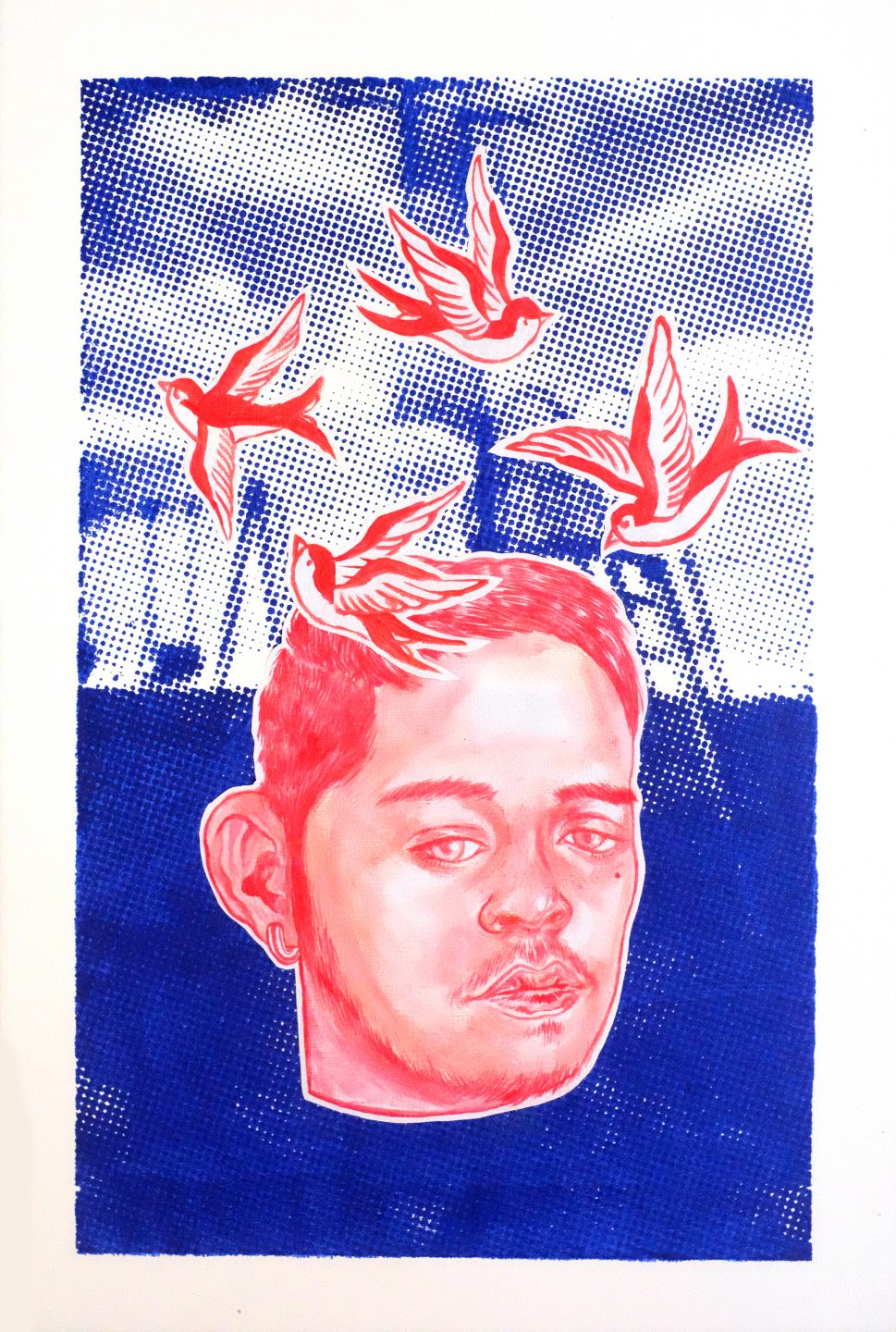
To my surprise, they loved some of it and commissioned a few pages to be recreated. Fast forward to three years after that first encounter, I’m exhibiting my work “Thirty One Thousand Minutes,” a sketchbook filled with 96 sketches, painting, and illustrations under their gallery in the biggest art event in the Philippines.
Read also: The most disturbing artworks at the Art Fair, according to visitors
How would you describe your art style?
I don’t have a particular style, medium, or stroke, but my sensibility or “aesthetic” is affected by my other practice: graphic design. I think people kind of see the graphic design aspect in my works in terms of contrast, color, and composition. I usually let the narrative or objective of the piece determine the way I execute the artworks and the materials and styles I can use.
In every work you create, is there a specific element or message you always make sure to inject?
I make sure that I let people know that I classify myself as a queer artist and my work as queer art.
No matter the subject matter or narrative, my work is queer because the artist is queer!
No matter the subject matter or narrative, my work is queer because the artist is queer! A lot of people have been saying that I box myself and my work when I identify as a queer artist. Well, I think I can redefine what that “box” is. I think it does the opposite, actually! When you call your work queer, you’re actually giving your viewer the proper context. A queer artist uses a queer lens whether they like it or not. I think it gives depth to the work if the perspective is described and disclosed.

“Queer Art” is not a genre anyway; it’s an entity. We add to that entity every time we make queer work. One person even commented when I was giving a talk that my work will fade easily when I label it “queer.” Malalaos daw. I’m queer until I die and I’m gonna live with that fact, so I’m not afraid that it will go out of fashion since my identity is not a trend or a fad.
“Queer Art” is not a genre anyway; it’s an entity. We add to that entity every time we make queer work. One person even commented when I was giving a talk that my work will fade easily when I label it “queer.” Malalaos daw. I’m queer until I die and I’m gonna live with that fact, so I’m not afraid that it will go out of fashion since my identity is not a trend or a fad.
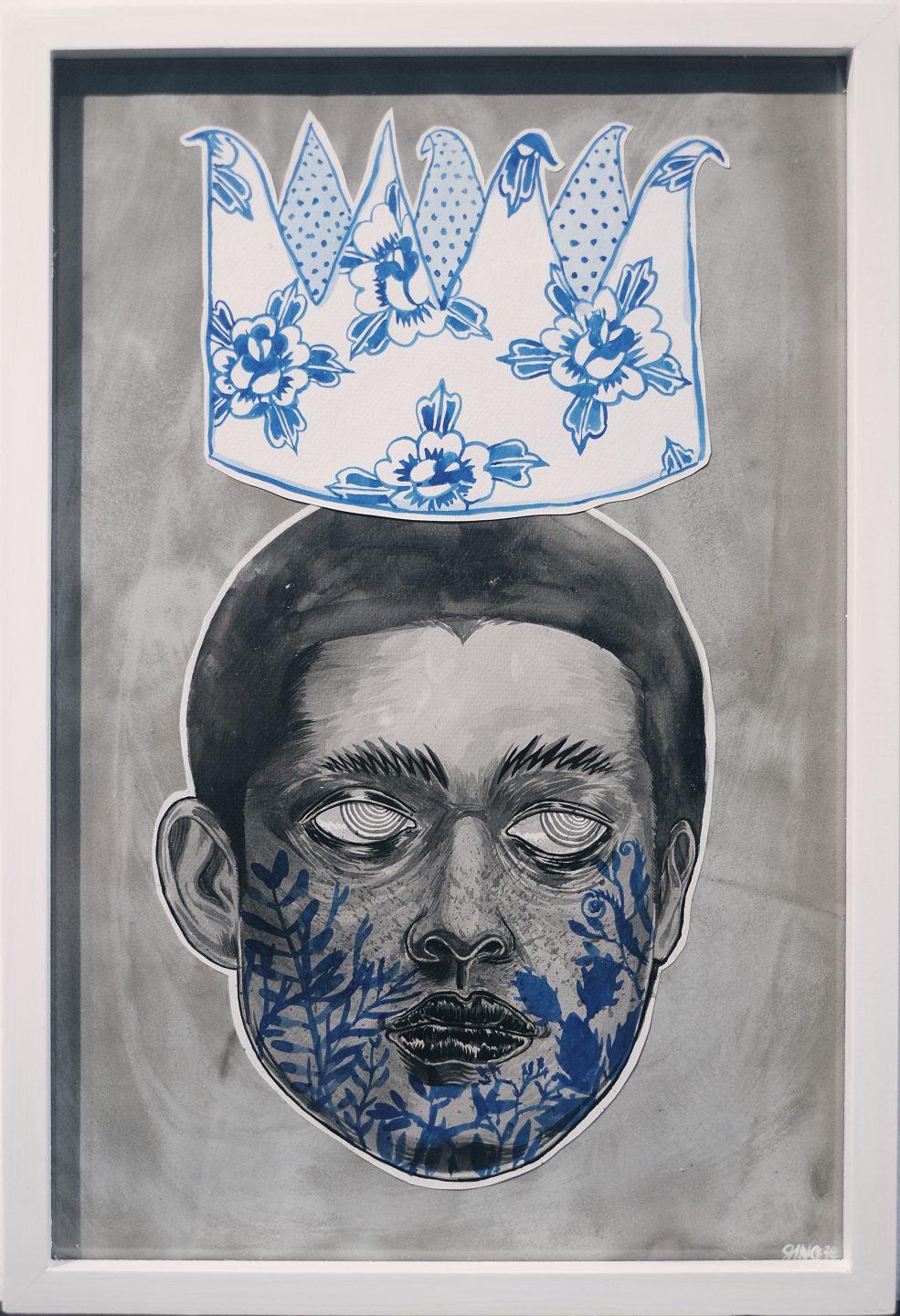
How do you feel about your current body of work? Is there anything you’d like to try out soon?
I feel like I’ve explored a lot in the 2D realm but it’s still not enough! I would like to try tapestry and embroidery since my mother is a tailor and I think working with fabrics and fibers would give my work a more tactile element. I’d also like to do ceramics or sculpting. I have sketchbooks filled with installation/performance/video art ideas just waiting to be polished and performed. When the right funding comes, I’ll be rolling them out one by one!

Any recent and upcoming exhibits? Where can we buy your art?
I had a queer art group exhibition at the House of Frida last March 2 with Eroticmilk, Tokwa Peñaflorida, Ambivertgeek, Christian Ray Villanueva, and Mark Espuerta. It’s called Descendants and it’s curated by Jay Nathan Jore. In August, I’ll have my second solo show at Kapitana Gallery entitled “Banal.” Finally on November, a two-man show with my friend Miguel Manzanero at Altro Mondo at The Picasso curated by Gwen Bautista.
What would you like people to feel when consuming your art?
Consuming is a strong word. Charot. I don’t really have parameters on how people should view my work or how they should feel when they see it. It’s a conversation with the viewers honestly; what they’re willing to give is proportional to what they receive.
At least, I hope some queer kid out there sees me work and says “Yeah… he gets it.” As a young queer artist, I’ve struggled with looking for artists to look up to, especially where I do my practice.
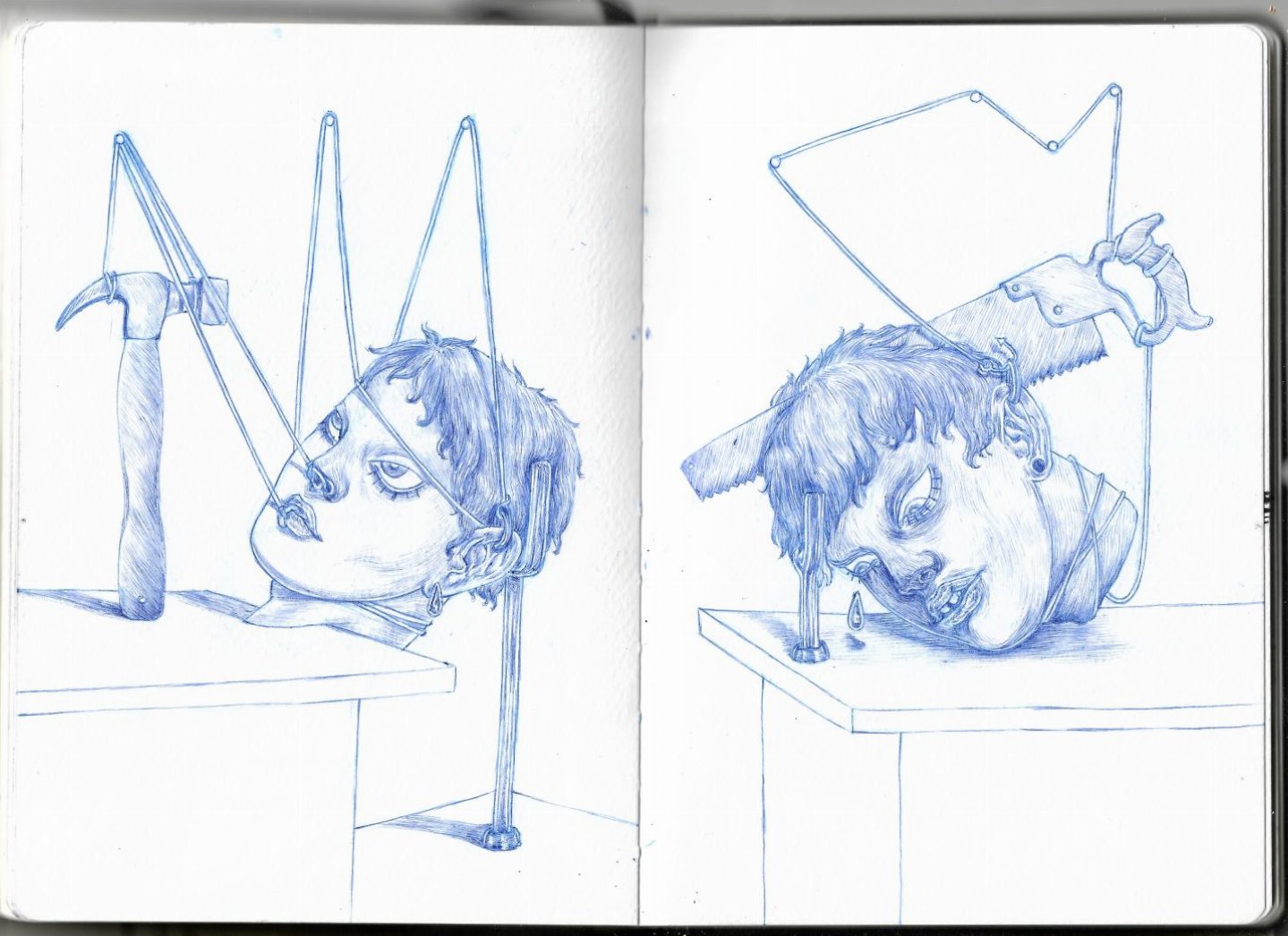
At least, I hope some queer kid out there sees me work and says “Yeah… he gets it.” As a young queer artist, I’ve struggled with looking for artists to look up to, especially where I do my practice. Negros Occidental doesn’t really a lot of open and out queer people so finding my tribe was a challenge at first. Also to remind people that I’m here, I’m queer; get used to it. Also if you haven’t already, try to Google Alfonso Ossorio.
Check out more of Ginoe’s works on Instagram.
This story is part of our #SeenOnScout series, which puts the spotlight on young creatives and their body of work. Ginoe and many other creatives shared their work at our own community hub at Scout Family and Friends. Join the Scout Family & Friends Facebook group right here, and share your work with us in the group or through using #SeenOnScout on Twitter and Instagram.


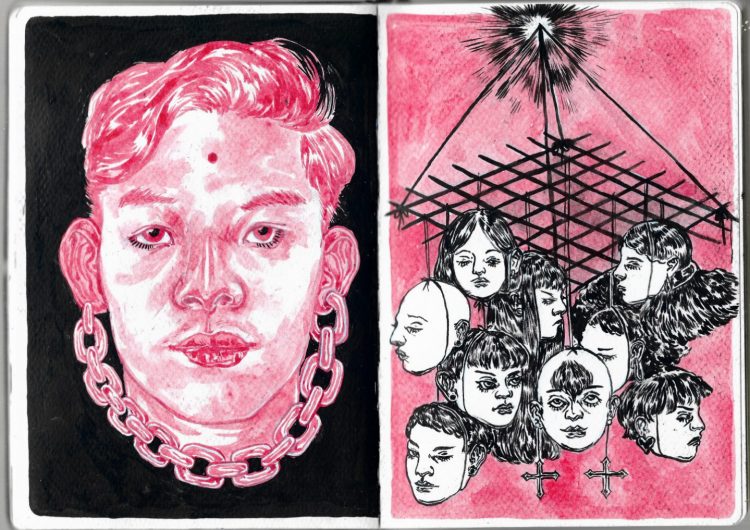













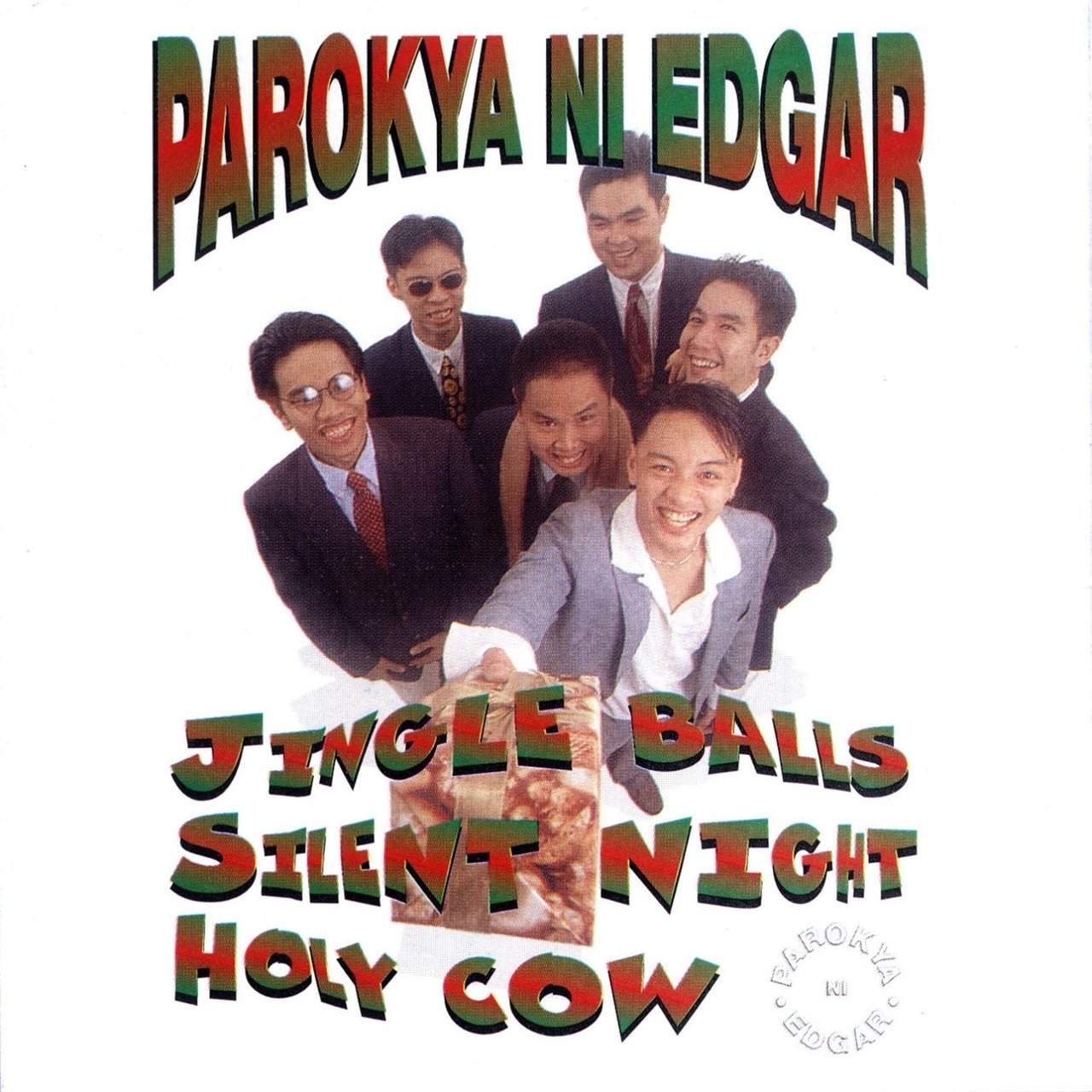
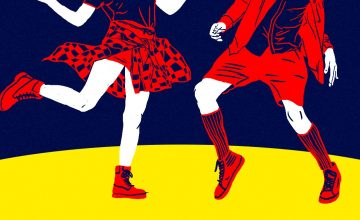
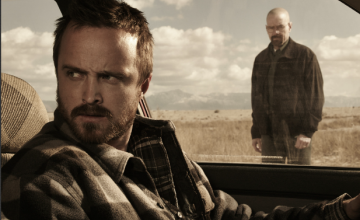






Comments